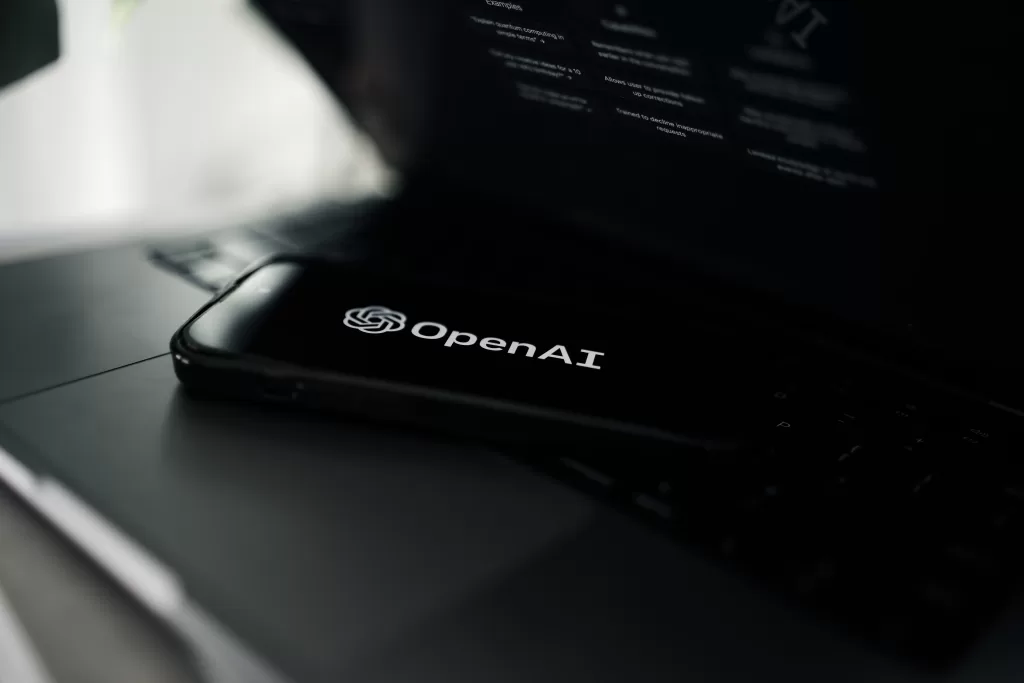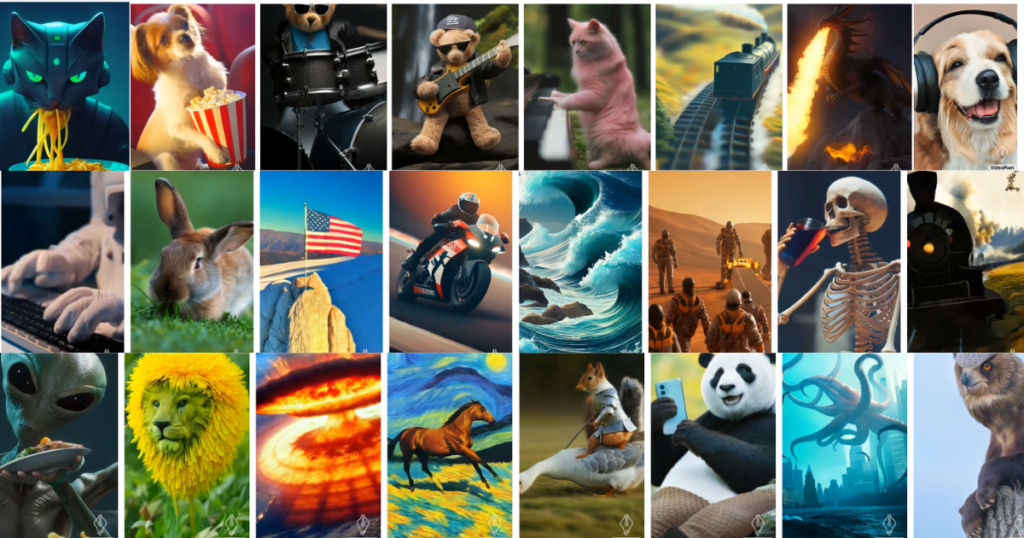Table of Contents
Chat GPT 4: The Next Generation of AI-Language Model
Artificial intelligence has come a long way since its inception, and one of the most remarkable achievements in this field has been the development of language models. Language models are computer programs that use statistical analysis to predict and generate text. Among these, the GPT (Generative Pre-trained Transformer) models have been at the forefront of natural language processing, and the newest iteration, ChatGPT 4, promises to be even more powerful and versatile.
What is ChatGPT 4?
ChatGPT 4 is the latest version of the GPT family of language models, developed by OpenAI, a research organization dedicated to advancing AI in a safe and beneficial way. Like its predecessors, ChatGPT 4 is based on the Transformer architecture, a deep learning model that can handle sequential data such as natural language text.
However, ChatGPT 4 is a significant improvement over its predecessors, thanks to its larger size, enhanced training data, and advanced training methods. With a whopping 13.5 billion parameters, ChatGPT 4 is currently the largest language model ever created, capable of understanding and generating human-like language with remarkable accuracy.
What can ChatGPT 4 do?
As a language model, ChatGPT 4 can perform a wide range of natural language processing tasks, such as language translation, summarization, sentiment analysis, question-answering, and more. But what sets ChatGPT 4 apart is its ability to generate coherent and contextually appropriate text, making it an ideal tool for text-based communication.
ChatGPT 4 can be used in a variety of applications, such as virtual assistants, chatbots, and customer service bots. It can also be used for generating creative writing, composing music, and even creating video games. Its ability to understand and respond to natural language input makes it an excellent tool for personalized content creation and delivery.
How is ChatGPT 4 different from its predecessors?
ChatGPT 4 is a significant step up from its predecessors in terms of size, training data, and performance. Its predecessor, ChatGPT 3, had 175 billion parameters and was trained on a vast corpus of text from the internet. However, ChatGPT 4 is more efficient and performs better on a range of language tasks.
One of the key differences between ChatGPT 4 and its predecessors is the way it is trained. ChatGPT 4 uses a new training method called GShard, which allows for parallel training across multiple processors, resulting in faster training times and more efficient memory usage.
Another significant improvement in ChatGPT 4 is its ability to generate longer and more coherent text, making it more suitable for applications such as article writing and content creation. It also has better handling of context, enabling it to generate more contextually appropriate responses.
Is ChatGPT 4 safe?
As with any technology, there are concerns about the safety and ethical implications of AI language models like ChatGPT 4. OpenAI has taken steps to address these concerns by implementing safety protocols and guidelines for its use.
ChatGPT 4 has been designed with an ethical and responsible approach, ensuring that it is used in a manner that benefits society as a whole. OpenAI has also implemented a range of safety mechanisms to prevent misuse of the technology, including monitoring its use and limiting access to certain applications.
However, the future of Conversational AI looks even brighter with the upcoming release of Chat GPT 4. Here are some of the exciting features that we can expect from Chat GPT 4:
Enhanced Natural Language Processing (NLP) Capabilities
- Chat GPT 4 is expected to have even better NLP capabilities than its predecessor, GPT-3. This means that it will be better equipped to understand and process natural language, making it more accurate and efficient in generating responses.
Increased Contextual Understanding
- One of the limitations of current Conversational AI models is their inability to understand context. Chat GPT 4 aims to overcome this limitation by improving its contextual understanding capabilities. This will allow it to generate more accurate and relevant responses to complex prompts.
Better Multilingual Support
- GPT-3 already supports several languages, but Chat GPT 4 is expected to expand its multilingual capabilities even further. This will make it more accessible to users around the world and enable it to generate responses in multiple languages.
Improved Efficiency
- Chat GPT 4 is also expected to be more efficient than its predecessors, allowing it to generate responses more quickly and accurately. This will make it more suitable for real-time applications such as chatbots and virtual assistants.
Enhanced Personalization
- Personalization is becoming increasingly important in Conversational AI, and Chat GPT 4 is expected to offer improved personalization capabilities. This will allow it to tailor responses to individual users based on their preferences and behavior, providing a more engaging and satisfying experience.
In conclusion, Chat GPT 4 represents a significant step forward in Conversational AI, offering improved natural language processing capabilities, enhanced contextual understanding, better multilingual support, improved efficiency, and enhanced personalization. With these features, Chat GPT 4 has the potential to revolutionize the way we interact with AI and bring us one step closer to truly human-like conversation.
Check Out Offers On Laptops At Amazon.
Also Read…



